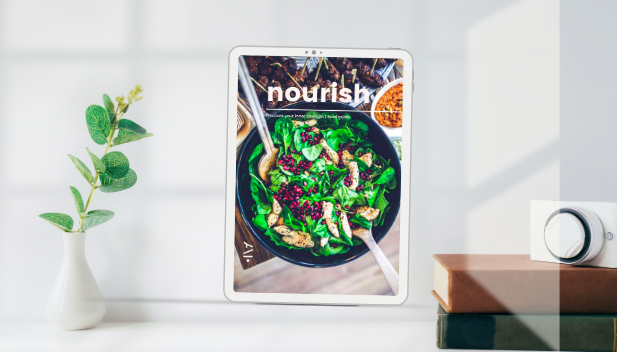Unexpected effects of breathwork
Active Breathwork practise is one of the most effective practises I found so far, which accesses the body’s nervous system and frees its tension on a mental and physical level.
For all the benefits of breathwork, which I talk about in another article, there is another side to this practise which can be perceived as uncomfortable or unpleasant.
Especially when you are new to this you might have experienced : mouth/lips purse, hands cramp ‘lobster claw’, pressure, twitching or pulsating in the face or other body parts.
What happens in the body during Beathwork?
Why do my hands curl or cramp when I do breathwork?
Caused by the decrease of CO2 in the body (alkalosis), this happens when you breathe too fast or breathe out too forcefully. Some findings conclude that Tetany is more likely to occur in people who have low mineral levels of calcium, magnesium(1,2,34) or potassium(5,6).
More than Chemistry
One of my teachers offers an explanation which is rooted partly in western science as well as yogic teachings with a few references to Traditional Chinese Medicine. According to TCM different parts of the body correspond with certain emotions. Meaning when we experience certain emotions, we feel them in different body parts in the form of electrical impulses. If these impulses are not ‘allowed to complete their motion’, for example when these emotions are suppressed or hung onto. Then they are manifesting in areas of the body as tension or blockages. So when Energy becomes stuck in our system as a result of of overwhelming life experience then they manifest as blockages in the system which during breathwork becomes unstuck and can cause twitching, pulsing and cramping. It’s an essential process of freeing the body of tension.
As Dr. Stanislav Grof (author of ‘Holotropic Breath’) states:
What seems to happen is that faster breathing creates a biochemical situation in the body that facilitates emergence of old emotional and physical tensions associated with unresolved psychological and physical traumas… this situation actually represents a unique opportunity for healing. What emerges under these circumstances is unconscious material with strong emotional charge that is most ready for processing
How to work with curling of the hands when doing Breathwork
Here is what you can do if pressure or tingling arises while doing breathwork:
try to relax into it and keep the breath going without strain
slow down the breath but keep going, reduce forcefulness of your exhales ( think: ‘letting go’ instead of ‘pushing out’
In preparation for breathwork you can also check if your mineral level is sufficient and take supplements regularly for a period of time
An Important principle of breathwork is : The best way to get beyond something, is to fully experience it and go through it. Simply put, the more you open yourself to all sensations including the uncomfortable ones without resisting, the more you stay on the path of healing and self-discovery. The continuation of the breathing results in culmination and eventually resolution of tetany. I personally experienced pursing of the lips and pressure in the upper chest for three weeks of daily practice until it disappeared.
If you are curious to try a free Breathwork session sign up here.
Get Your Free Nourishment Guide
This is a gift from me to you to help you build healthy and mindful eating routines.
Join us for the next class
Would you like to discover a powerful connection between your body and mind and claim the quality of your life back?
Book your free class below or contact me for more info or a free consultation.

Join us for the next class
Would you like to discover a powerful connection between your body and mind and claim the quality of your life back?
Book your free class below or contact me for more info or a free consultation.




Recent Comments